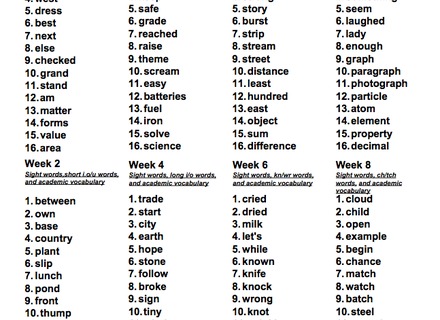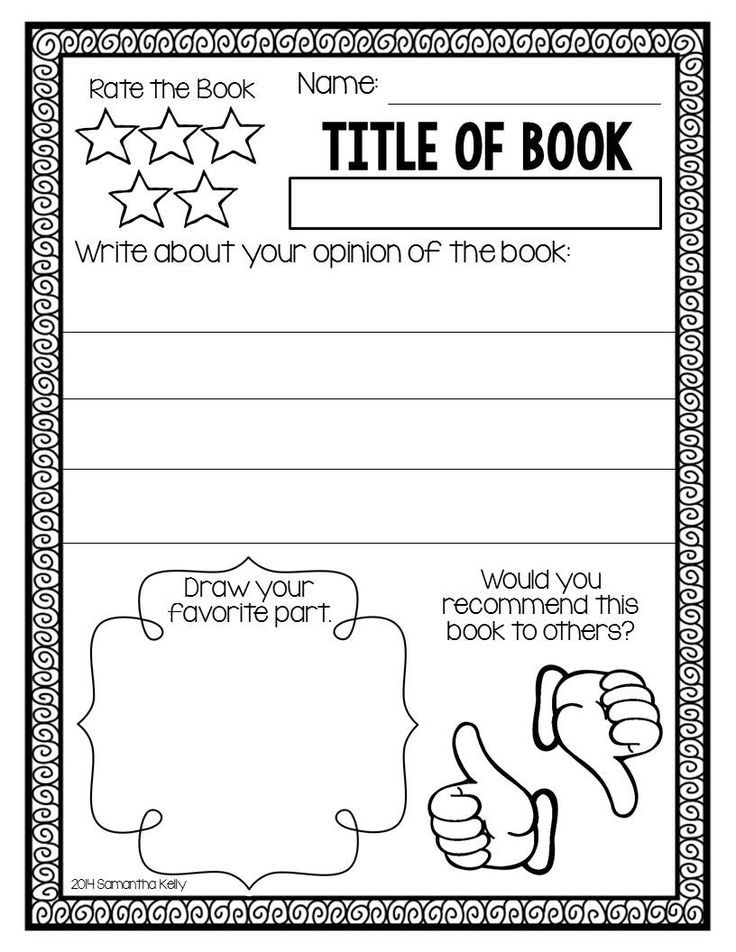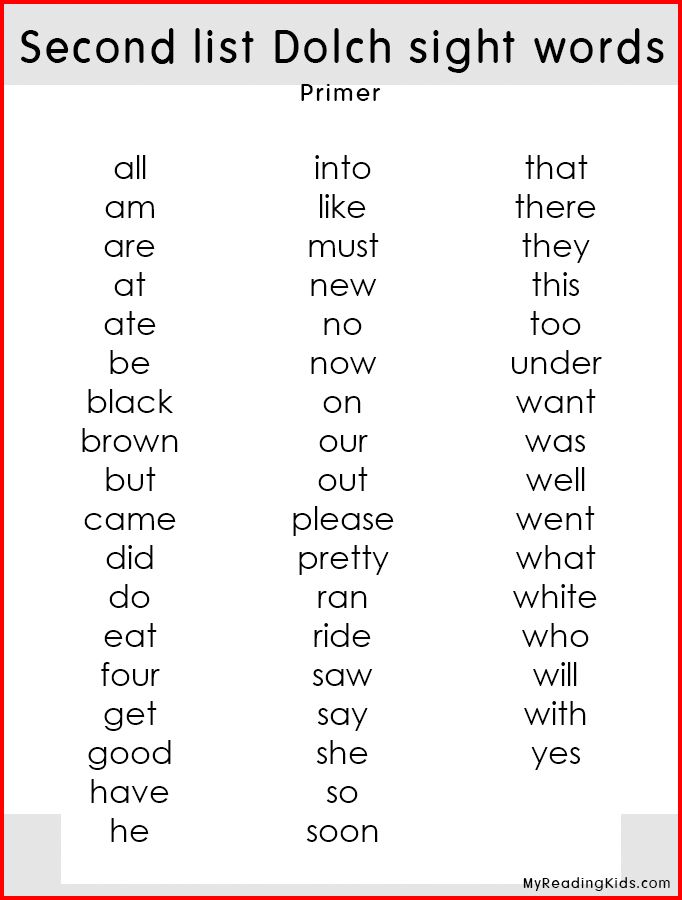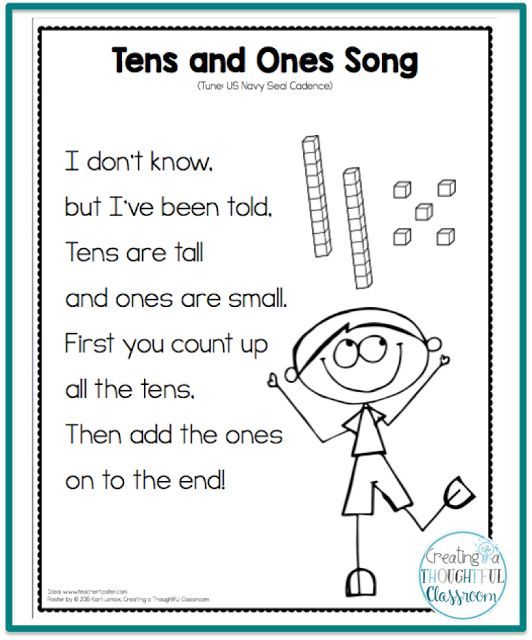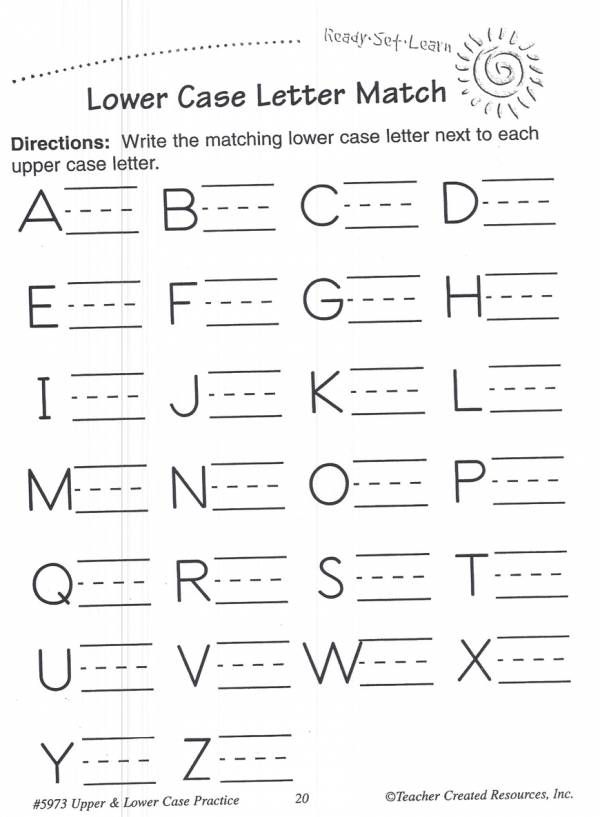Testing reading levels
How to Test Reading Level Online: The Ultimate Guide
I decided to start hunting for a reading level test for my kid during my first year of homeschooling.
I had a first grader who had completed her phonics curriculum, but wasn’t really interested in chapter books. She loved for me to read to her, but was not interesting in reading very much herself – which stressed me.
As a frazzled, first-time homeschooler, I wanted to test her reading level to see if she needed more reading instruction, more practice, or if she was right where she needed to be.
I have tried a number of online reading tests over my homeschooling years and have found that they are not all created equally.
In this post I am going to share with you everything you wanted to know and more about giving your kid a reading level test.
But First, Avoid Reading Level Tests If…
Your kid is still going through a high quality phonics program, such as All About Reading, Explode the Code, or Primary Phonics.
Let your kid finish the program before worrying about what grade level they may be at.
Most reading tests do not assume that the child is learning phonics (since most kids aren’t) and will rely more heavily on sight words they think the child should have learned by a certain grade.
Taking a reading test with a kid who hasn’t finished their phonics reading curriculum is probably not going to be helpful to a parent or child.
Do Take a Reading Level Test If…
-
You have just started homeschooling and have no idea where your kid should be placed for reading.
-
You have finished a phonics program, but are still unsure if your kid is where they need to be.
-
You think your child might be gifted reader and want to see what level they are testing at.
-
You want to make sure your student is progressing, even though they’re not reading aloud to you anymore
-
You need to make sure you are buying the right level books for your child to read.
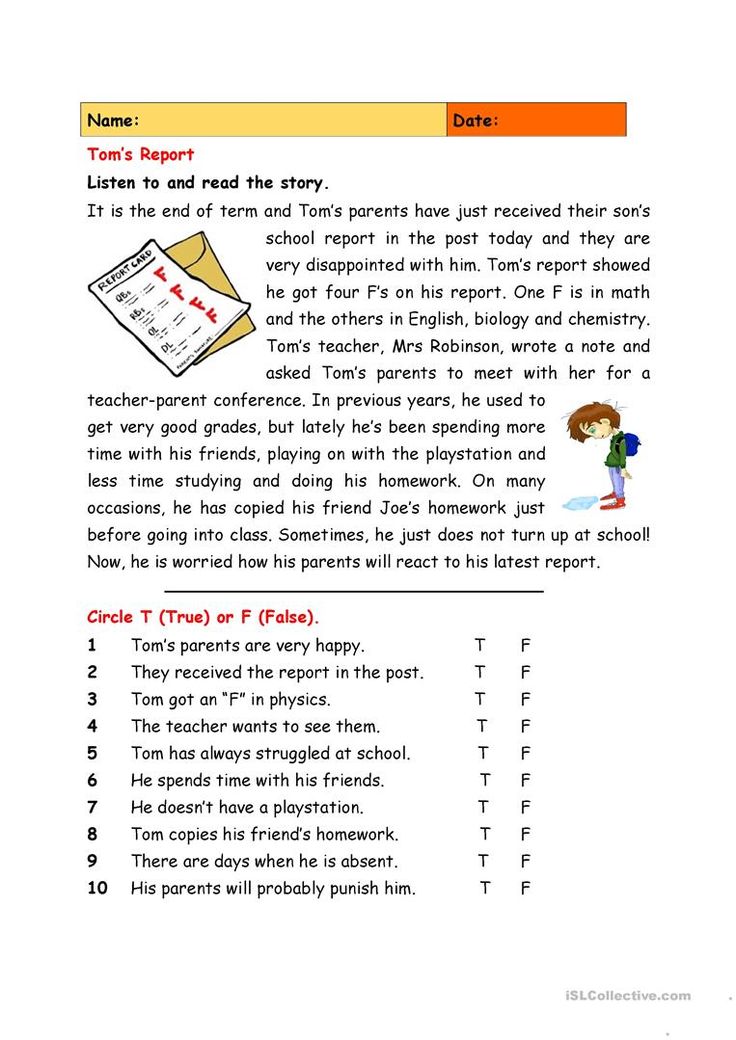
-
You want to see if your kid is smarter than someone else’s kid and you want proof.
These are all great reasons, well except for that last one. Definitely do not test your kid for homeschooling glory.
Hopefully that gave you a laugh, so let’s dive in!
4 Tips for Getting the Best Results When You Test Reading Level
1.Take the Reading Test Yourself
I took a lot of time to explain how the test runs below, but it would be helpful to run through the test yourself first. Make sure you know how to administer the test and confirm that the reading assessment is a good fit for your kid.
2. Administer the Reading Test at the Best Time
Make sure that your kid takes the test when they are their best. Is that first thing in the morning, in the evening, or right after lunch (probably not)?
Ensure your kid has plenty of energy, isn’t hungry, and is in a comfortable environment with minimal distractions.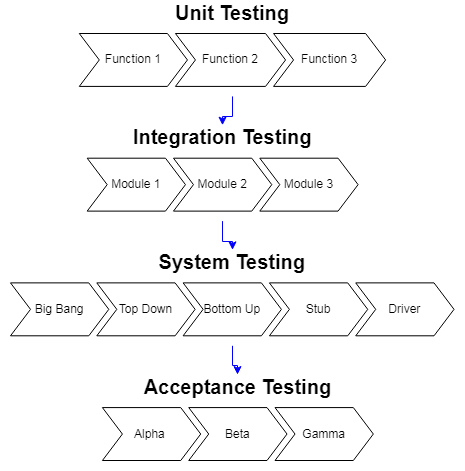
3. Prep Your Kid Mentally
If you are giving a reading assessment to your kid, there is a good chance that your kid is already a little insecure about reading. Do not put the pressure on them that this test evaluating them.
I have given several reading tests and I make a point to tell them it is no big deal, but I do need them to do their best. I go on to say that I need to evaluate our curriculum. Depending on how they do on the test, I will make decisions about what books I need to buy for the next school year.
This takes the pressure off of them.
The are not being evaluated – the curriculum is being evaluated.
4. Do Not Share Their Results with Them
When the reading level test is complete, tell them they did well and that you are happy with their effort.
If the score is less than you were hoping for, you don’t want to destroy their confidence. If it’s really high, you don’t want them to be prideful and brag about it.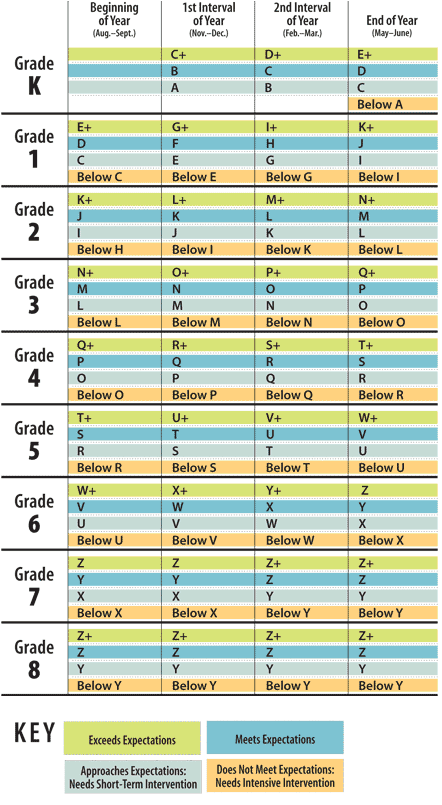
Either way, tell them they worked hard and you’ll use the scores to make the best decisions for their education.
This also helps if you plan to test their reading in the future. They will go into the assessment with no expectations – positive or negative.
3 Free Ways to Test Reading Level Online!
1. MacMillian Reading Level Test
The MacMillian Reading Level test seems to be one of the most popular and trusted reading level tests out there.
I used it with my daughter a couple years ago and I recently tested my own reading level to refresh myself on their process.
How the MacMillian Reading Level Test Works
Everyone starts at the easiest level. You are provided a picture and a fill-in the blank question. There will be 4 multiple choice options to choose from.
As you answer questions you progress through the levels until you have missed a certain number. Then you are immediately told what level reader you are – Starter, Beginner, Elementary, Pre-Intermediate, Intermediate, Upper-Intermediate, or Advanced.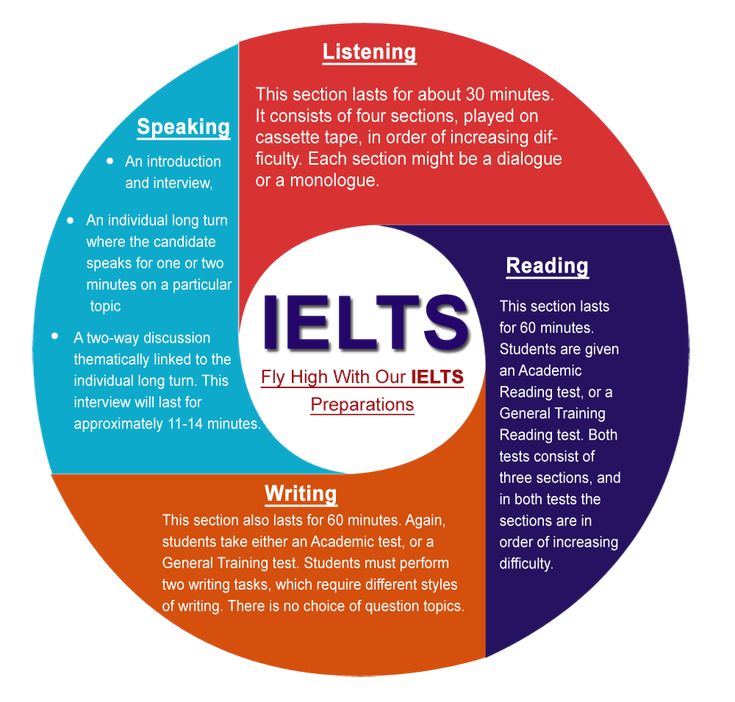
Interestingly, I found the questions to be a bit slanted towards an understanding of grammar and reading comprehension.
Here is an example of a grammar question. Your kid may be able to read all the words, but does he understand the correct verb agreement?
Pros and Cons of MacMillian Reading Level Test
The benefits of this online reading level test are that it is free, simple to use, and provides you an answer right away (no need to wait for an email).
It is also a great test for a kid who can read, but struggles with comprehension.
The negatives to me are that it seems to be testing more than reading and the results do not provide a grade level. You may not know what to do with an “Elementary Level” result. It is kind of a broad answer.
One More Thing to Know About MacMillian Reading Level Test
The test does not tell your child when they miss a question. I intentionally missed questions in order to see what would happen and it just went to the next question.
This might help if your kid would be stressed by a reading level test – no big red X when they make an error.
2. San Diego Quick Assessment
I have also used this reading level test with my kid – twice actually – and it lives up to its name!
It really is quick!
How the San Diego Quick Assessment Works
Go to this online PDF and print off the four pages.
You will see grade level words in columns from Pre-Primer through 11th grade. There are 10 words in each column.
Give your child the student portion and ask them to start reading down the first column. Use your grader sheet to check off if they read the word correctly or not.
The test helps you break down the results in terms of Independent Level, Instructional Level, and Frustration Level.
Pros and Cons of San Diego Quick Test
The benefits of this online reading level test is that it does give a quick and free snapshot of your kids reading level. No lengthy test that your child gets bored with.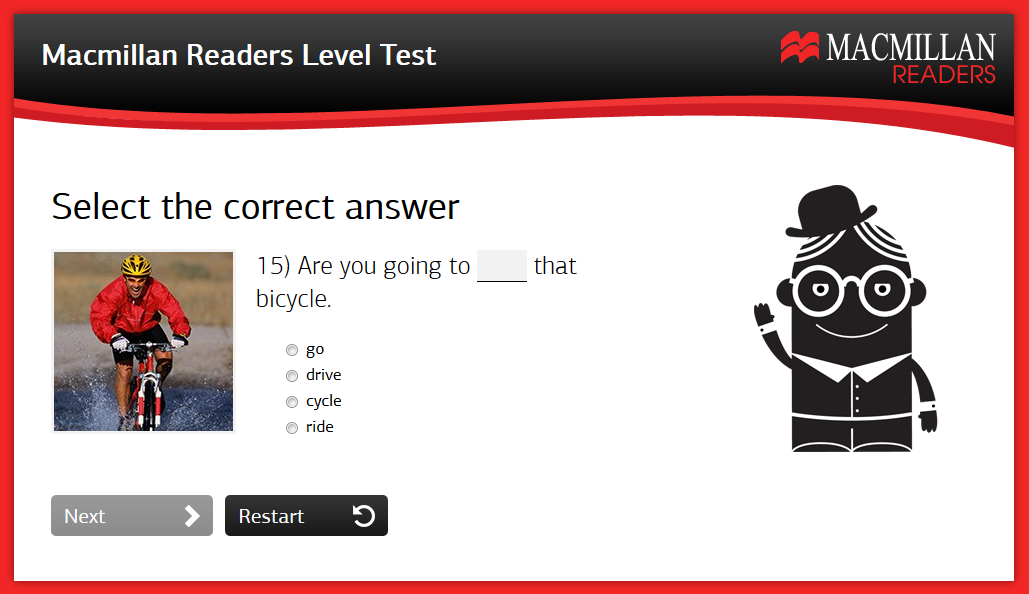
It is also on paper, which many kids do better with than reading off a screen.
The test doesn’t have any context or pictures to help your child. It will really tell you if they can read or sound out the word or not.
Parents will also like that they get a solid grade level result – a little easier to understand and work with.
The only con I have is that determining grade level with just 10 words is pretty arbitrary. You child may know many other grade level words, but not necessarily the ones on this list.
3. Pioneer Valley Reading Test
This is the most recent online reading level test we’ve used and by far my favorite. I found it to be much more comprehensive and I felt the results were a much more solid reflection of my daughter’s true reading skills.
How the Pioneer Valley Reading Test Works
This online reading assessment is broken into two parts.
Part One: High Frequency Word Reading
The first part consists of words coming across the screen for your child to read. The words are simple at first and then get more complex. The parent sits with the child and clicks “Correct” or “Incorrect” as the child reads each word.
The words are simple at first and then get more complex. The parent sits with the child and clicks “Correct” or “Incorrect” as the child reads each word.
Once the child misses two words, she is moves on to the next step.
Part Two: Reading
You will be asked to sit with your child while they read through an interesting story. Make a mark on a piece of a paper every time your child misses a word in the story.
At the end of the story you will be prompted to record the total number of words your child missed and whether or not they struggled to complete the story. Based on those results your child will either move forward or backward on a scale of A-Z. Eventually your child will be assigned a Letter Level and you will see a chart that corresponds to a grade level:
Pros and Cons of Pioneer Valley Online Reading Assessment
I thought this was much more involved and thorough than other tests we have tried.
Even if your child encounters words he doesn’t know in the first part of the assessment, there are still many other chances in part two to show their reading skills.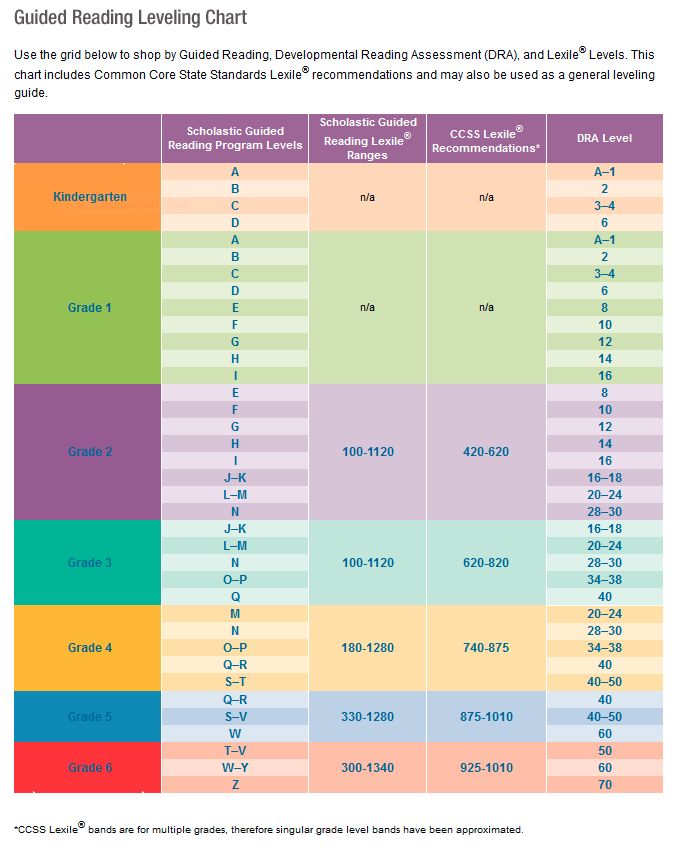
Other benefits include: it is free, the stories were interesting to read, and there was an option to test reading comprehension after each story.
Cons for me would be that the scale does not go beyond 6th grade. It just says 6 grade +. I would have liked to see a scale that goes into high school level.
Other Free Online Reading Level Tests to Try
There are many other resources to try out there to test your kid’s reading level!
Here are some other tests that might be the perfect fit for you and your kid:
Red Cat Level Reading Assessment
Oxford Owl Online Reading Test
Oxford English Reading Test
Good and the Beautiful Reading Level Assessment
Wide Range Reading Test
Not Happy with Your Kid’s Reading Level Test Results? Try these ideas!
1. Take a Different Reading Assessment
It is possible that the test you chose just didn’t jive with your kid. If you are unsure about the results, don’t be shy about waiting a day or two and then doing another reading test with your child.
2. Think about what they struggled with the most during the the Reading Level Test
These reading level tests are excellent tools to help you pinpoint exactly where your child needs help.
Did your child struggle because of any of these issues:
-
Sounding out
When your child came to an unfamiliar word, did he freeze up, melt down, or give ridiculous guesses? If so, consider working with your kid on their phonics.
A high quality, low cost phonics program we love is Explode the Code. These simple workbooks are known for giving kids confidence and raising reading levels.
-
Vocabulary
Did your child manage to sound out a word, but have no idea what it meant? As your kid climbs the reading levels, increasing their vocabulary is crucial.
Some simple ways to increase vocabulary are reading aloud to your child regularly, using higher levels of vocabulary around the house, and including vocabulary curriculum in your homeschool.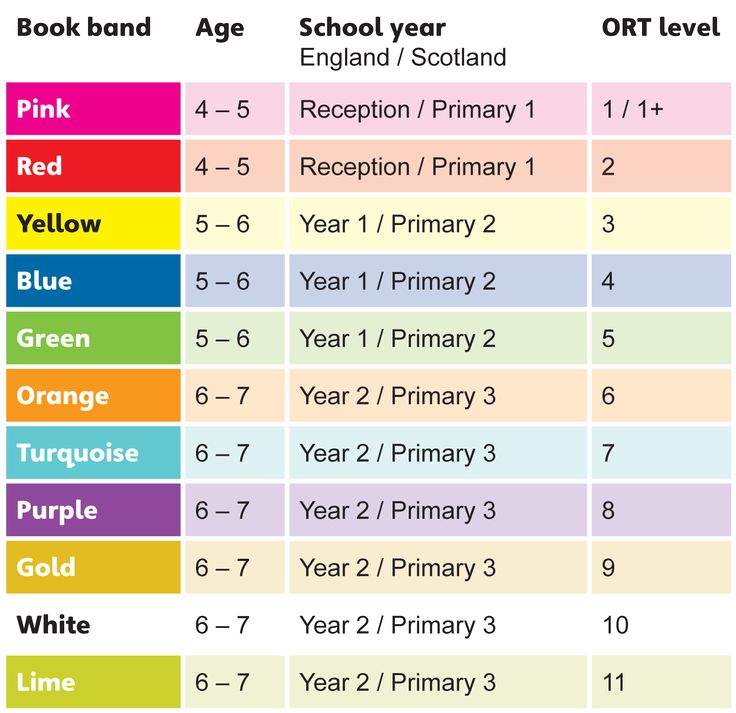
I recently bought Word Roots for my 4th grader and we are so excited about it. It teaches the Latin roots of English words so that kids can break down AND understand a large number of difficult words.
-
Comprehension
Is your kid reading beautifully, but has no earthly idea what he just read? Many parents would be jealous of the beautiful reading, but the comprehension is just as important – if not more so.
Providing your kids with a continuous flow of interesting books that spark their imagination will help a lot in this area. And I hate to say it, but decreasing their screen time will also dramatically help.
If your child continues to struggle with comprehension, consider looking into the Reading Detective series. We have added this workbook to our homeschool curriculum and I think it has really stretched my daughter. The workbooks teach children how to analyze a short story while answering multiple choice questions AND citing the paragraph or sentence number that proves their answer.
-
Fluency
Did your child painstakingly struggle through sounding out just about every word? Even the short vowel words?
The best thing for fluency is a high quality phonics program as mentioned before and practice, practice, practice.
I am a huge fan of easy phonics readers and keep multiple sets around the house. Here are some of our absolute favorites:
-
Bob Books
-
I Can Read It! Books
-
Primary Phonics Readers
-
Now I’m Reading! Books
-
Tug the Pup Books
-
Usbourne Phonics Readers
Recap Reading Level Test Guide for Kids
Remember above all else that a reading level test is a tool to help you customize your kid’s education and help them succeed.
It is not a grade for your parenting.
Or a grade for your homeschool.
You are not necessarily a failure or a success no matter how your child scores.![]()
Use these free online reading tests to drive you forward and you can’t go wrong!
Have you tried an online reading test that isn’t mentioned here? Please share in the comments!
Do you want to make sure you save all this information for later – smart thinking! Just pin this article to your favorite Pinterest post and definitely share with your friends and followers!
Read Next:
Assessing a Student's Level | Reading A-Z
Digital
Running Records
on Raz-Plus
With our online running record tool, Raz-Plus or Raz-Kids members can:
- Assign a Benchmark Book from Levels aa-J
- Assign a Benchmark Passage from Levels aa-Z2
- Listen to students' recordings from reading aloud a book or passage.
- Score all student recordings using an online running-record tool.
- Listen to students' recordings of retellings.
- Score retellings using an online rubric.
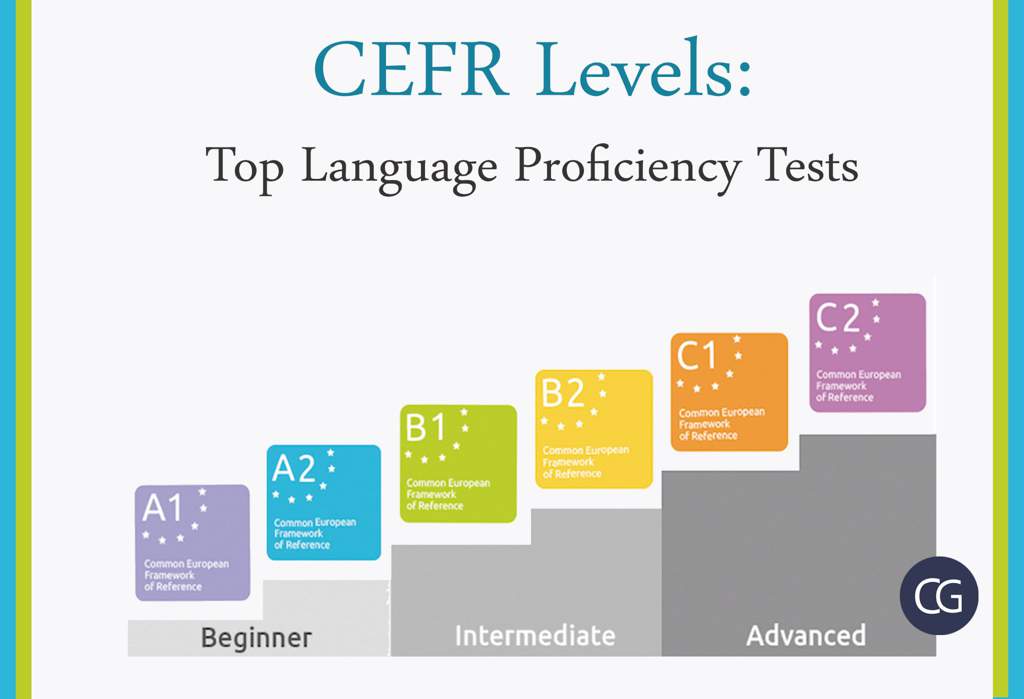
- See quiz questions missed and a report on which comprehension skills to support or re-teach with each student.
- Reward students' progress through awarding stars to spend in the RAZ Rocket.
- Track your students' progress over time.
Reading A-Z provides a three-part assessment process to help you place students in instructionally appropriate level texts.
- Find out at which level to start a student.
- Determine when a student is ready to move to the next level.
Part 1: Students read Benchmark Passages or Benchmark Books (Levels aa-J), and you capture their reading behavior on Running Records.
Part 2: Students retell the text, and you use Retelling Rubrics to score their comprehension.
Part 3: Students take an oral or written Comprehension Quick Check Quiz, and each question's answer tells what skill it assessed to help you identify comprehension skills for additional practice.
Part 1: Start with Benchmark Passages & Running Records or Benchmark Books & Running Records (Levels aa-J). Select a passage or book that best approximates a student's reading level. Use the running records that accompany each passage or book to score a student's reading behavior. (Initially you may have to take more than one running record to determine a student's instructional level.) To assess a student's instructional level in Spanish, use printable versions of the Spanish Benchmark Passages, or Pasajes estándar.
Review About Running Records to learn about the details of taking, marking and scoring a running record.
Parts 2 & 3: Retelling Rubrics and Comprehension Quick Check Quizzes provide details about a student's understanding and comprehension of the Benchmark Passage or Book.
- Retelling Rubrics provide details that identify strengths and weaknesses students might have comprehending fiction or nonfiction texts; including analysis of text structures.
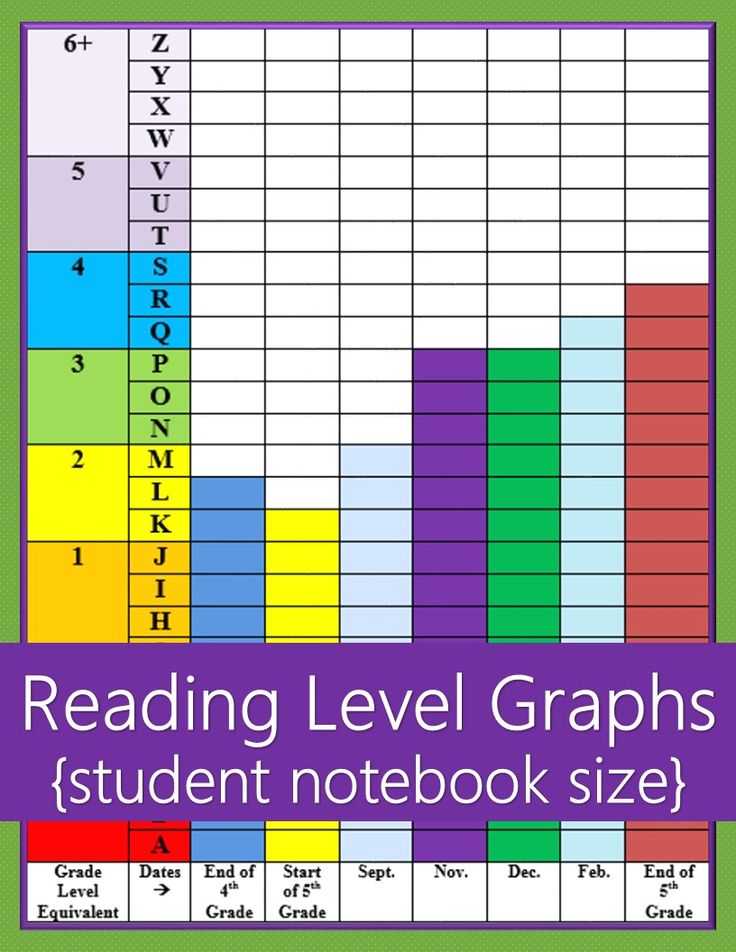
- Benchmark Passages and Benchmark Books (Levels aa-J) have multiple-choice Comprehension Quick Check Quizzes and answer keys. Use the skill tags on the answer key to see comprehension strengths and opportunities for additional instruction.
The three-part process establishes a baseline of your students' levels. Assign leveled books from Reading A-Z's extensive collection for small group practice at students' instructional levels. Allow students to choose books below their instructional levels for independent practice.
How Do I Monitor Students' Reading Progress?
Use Benchmark Books or Benchmark Passages and their associated resources for progress monitoring as students' reading at their instructional levels improves.
Assessment Schedule
| Developmental Level | Reading Level | Schedule |
|---|---|---|
| Beginning readers | Levels aa-C | every 2 to 4 weeks |
| Developing readers | Levels D-J | every 4 to 6 weeks |
| Effective readers | Levels K-P | every 6 to 8 weeks |
| Automatic readers | Levels Q-Z | every 8 to 10 weeks |
Students who are not progressing at the expected rate should be assessed even more frequently than the Assessment Schedule suggests.

The scores your students achieve on running records, retellings, and comprehension quizzes give you valuable information about their reading behavior and comprehension. Use it to inform your instruction in addition to placing students and monitoring their progress.
Use the chart below along with the other information you learn from the three-part assessment process to determine if students are ready to move up a level.
Scores
| Running Record | Quick Check Comprehension Quiz | Action |
|---|---|---|
| 95% + | 100% | Advance Student a Level |
| 95% + | 80% | Instruct at this Level |
| 95% + | Lower a Level, Assess Again | |
| 90-94% | 80-100% | Instruct at this Level |
| 90-94% | Lower a Level, Assess Again | |
| N/A | Lower a Level, Assess Again |
For Raz-Plus members, results from the printable running records can be entered to display in a student's Reading Rate report in your Kids A-Z management hub.
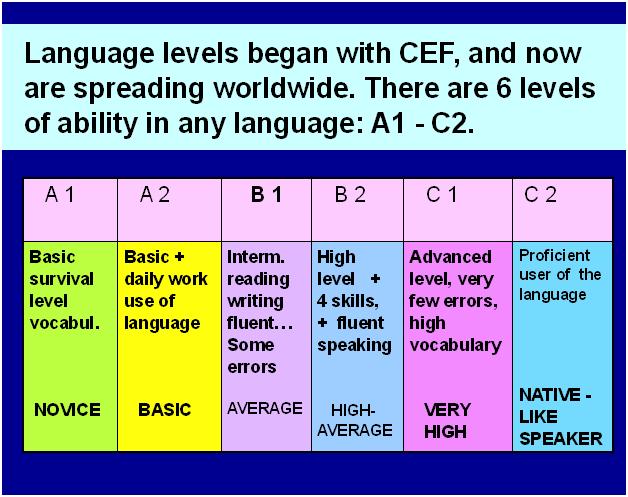 That way, you have not only the digital running records and assessment information, but also the results from printable running records—all in one place.
That way, you have not only the digital running records and assessment information, but also the results from printable running records—all in one place.How Do I Match Learning A-Z Levels to Other Leveling Systems?
For your convenience, Learning A-Z correlates its levels to other leveling systems. If you've already placed students in levels according to another system, please reference the Level Correlation Chart to determine how another system's levels best match Learning A-Z's levels.
The correlations are not official levels assigned by the other leveling systems, but rather an approximate correlation based on a comparison of attributes in books assigned official levels by both the other leveling system and Learning A-Z.
Read speed test. Online simulator for developing reading speed and awareness skills in 2021!
Reading speed is an important indicator not only for schoolchildren, who regularly check it. It is very important for an adult in the modern world to be able to navigate in huge flows of information. A reading speed test will help you determine your current level and see if you need to work on improving this skill or if you are reading fluently enough.
A reading speed test will help you determine your current level and see if you need to work on improving this skill or if you are reading fluently enough.
Content
1. How to check reading speed?
2. How can I check my reading speed myself?
3. How to test a child's reading speed?
4. What reading speed is considered normal for adults and children?
5. How to choose the right text to test reading speed?
6. The book "Everything you wanted to know about speed reading, but were afraid to ask"
How to check reading speed?
The easiest way is to take a stopwatch (you can use the application on your phone), a text to check your reading speed and read it at a normal pace for one minute. It is important that the text is non-technical, does not contain highly specialized terms and concepts, and is not familiar to the reader. The text should not be too primitive.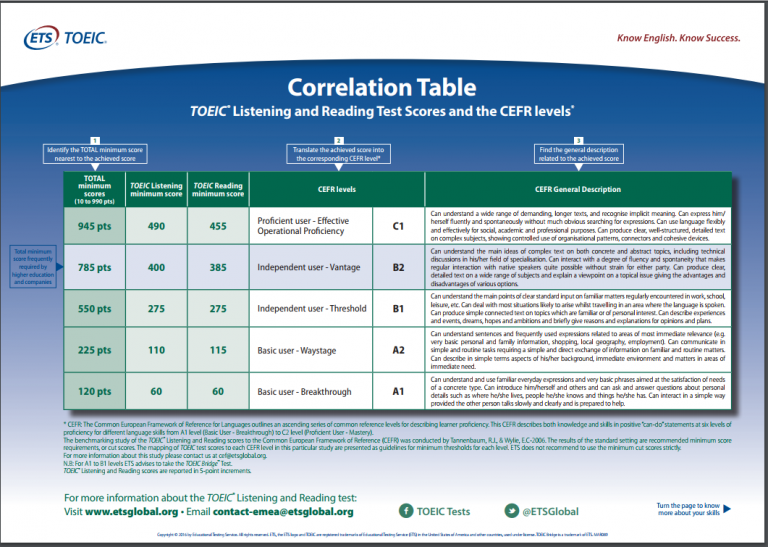 The testee must see the text for the first time so that the results are not artificially inflated.
The testee must see the text for the first time so that the results are not artificially inflated.
But what do you care about speed, if you don't understand with what awareness you absorb the text? :)
A much better way to find out your reading speed is to take a free online test. To do this, sit back, enter your name in the form above, press the button and you will immediately see the text that you need to read, slowly, trying to understand everything that is written.
When the entire text is read - click on the button at the very bottom. The program will automatically determine the reading speed and prompt you to answer a few questions to understand the degree of assimilation of the material. As a result of testing, you will receive not only the result of your reading speed and awareness, but also recommendations for improving your reading technique in the format of the book "Everything you wanted to know about speed reading, but were afraid to ask." Enter a name. Click the button and find out your real reading speed. Have a good day.
Click the button and find out your real reading speed. Have a good day.
How can I test my reading speed myself?
We have prepared for you a tool with which you can independently check the speed of reading. Our tool include a certain amount of text that you need to read as quickly as possible. You will then have the opportunity to answer a series of questions about the text, allowing the program to determine your level of understanding. Based on the data received, a result and a certificate are issued. This certificate can be shared with your friends on social networks and challenge them to a battle to test the speed and awareness of reading :).
If you want to do it yourself, you can do it according to the following scenario. A text of medium complexity is taken, located on one sheet. You will need an assistant who will keep track of the time and will be able to test the level of your understanding of the information. Check algorithm:
Simultaneously with the start command and the start of the stopwatch, you begin to silently read the text.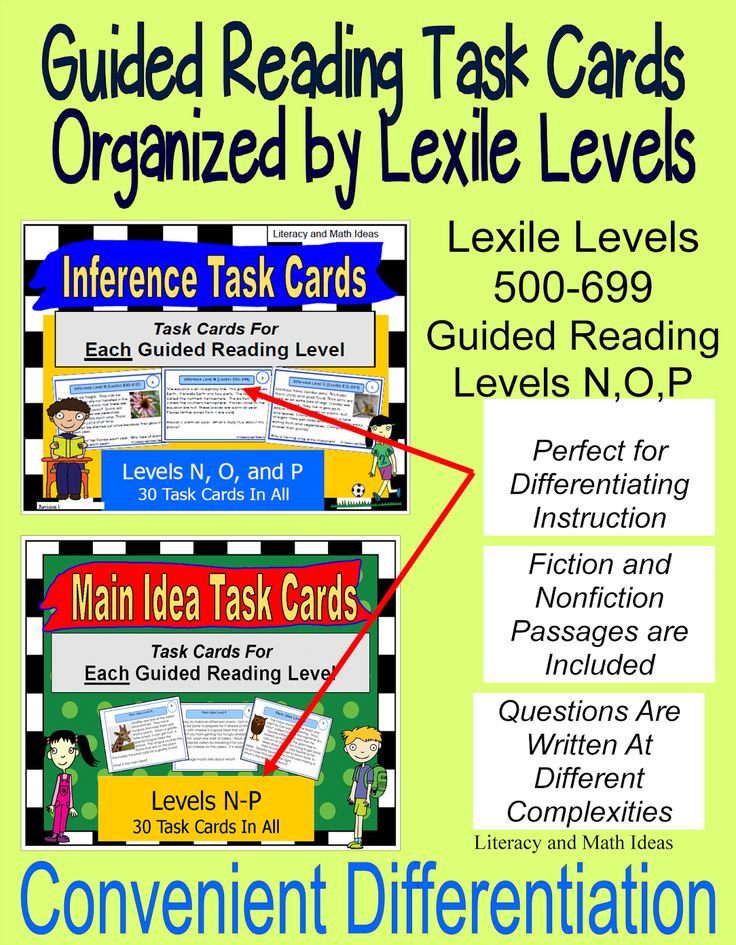
When the text is finished, you say stop - time stops.
Then you need to answer a few questions regarding the content (reading speed implies a full reading comprehension).
The last step is to count the words in the text and determine the average number of words per minute (words in the text can be counted before reading).
This is the certificate you can get based on the results of passing the test
How to check the reading speed of a child?
A child's reading speed can be tested in a similar way. The child should read aloud, at least in elementary school. Then you can switch to the usual way of checking for adults.
Schools often test reading skills by counting the number of words read per minute. This gives a small error, since words come in different sizes, but a similar verification method can also be used.
What reading speed is considered normal for adults and children?
The average reading speed for an adult is 200-230 words per minute. Below average, but an acceptable rate is 150-200 words per minute. Adults who read more than 230 words per minute are considered fast readers. For the speed reading technique, the optimal speed is 350-400 words per minute.
Below average, but an acceptable rate is 150-200 words per minute. Adults who read more than 230 words per minute are considered fast readers. For the speed reading technique, the optimal speed is 350-400 words per minute.
In children, the indicators are dynamic and change depending on age. Approximate norms used in elementary school:
20-30 words per minute for first grade;
45-60 words per minute for second grade;
70-85 words per minute for third grade;
90-125 words per minute for fourth grade.
How to choose the right text to test reading speed?
The criteria for selecting text to test reading speed are identical for adults and children. The only difference is the volume and complexity of the information. The text must match the following parameters:
medium difficulty appropriate for age;
the absence of specific unfamiliar words or their minimum number;
no dialogs;
location on one page;
large, comfortable to read font;
lack of pictures and other distracting elements.
In our tool for testing reading speed and comprehension, we tried to take into account all these factors so that the resulting tool would be convenient for both adults and children. At the same time, he gave a fairly clear answer to the question about the real reading speed.
It should be remembered that reading speed is a variable parameter, which decreases if a person rarely sits down at a book, and increases with constant reading. There are many special techniques aimed at significantly increasing the speed of reading text information.
Everything you wanted to know about speed reading but were afraid to ask test. So don't waste a second,
go back to the very top of the page and go take the test!Reading speed test online is simple, convenient and fast
We have already written so much here about how to correctly measure your reading speed, achieve awareness and interpret the results, that every second of delay before you pass the online reading speed test and receive a personal certificate is just like death.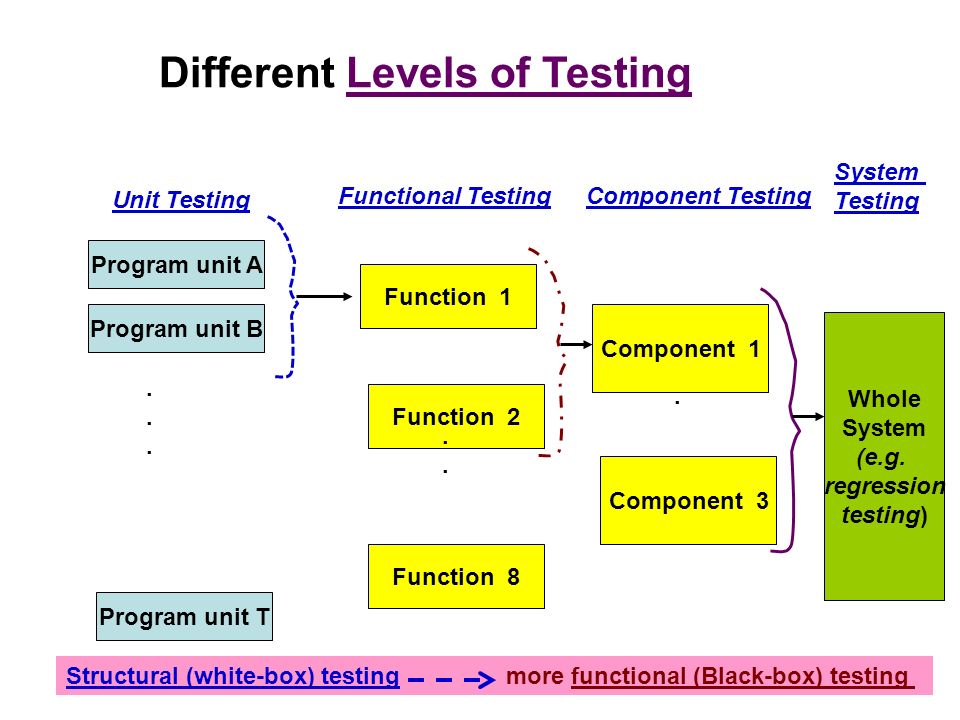 Return to the very beginning of the page, enter your name in the field under the video and go to the enchanting world of unfamiliar texts and tricky questions :).
Return to the very beginning of the page, enter your name in the field under the video and go to the enchanting world of unfamiliar texts and tricky questions :).
📖 Reading speed Q&A section
📕 What formula is used to calculate reading speed?
If it’s very short, then the formula for calculating the reading speed is as follows: V = (Q / T) x K. This formula allows you to get a real figure for reading speed with a correlation to the coefficient of meaningfulness. You can read more about the formula here in this article .
📗 What books do you recommend reading to develop speed reading?
We have compiled a list of the most useful books for the development of speed reading and posted it in a separate post on the blog. The list is constantly updated and gives an idea of the main books with which you can develop speed reading skills.
📘 What if I want to increase my reading speed?
You can start by learning the theory, or you can download our workbooks , which we have created especially for those who who wants to start learning speed reading. There are two of them: one notebook for adults, the second for children. Contains some theory and practical exercises designed for several weeks of regular classes.
📙 How to check a child's reading speed?
The reading speed test, which is located on our website, is suitable for both adults, as well as for children. We specifically tried to choose mostly literary texts that will be easy to read. to understand the child. Just go to the reading speed test page from the link above, enter child's name and start reading. Then the program will do everything for you.
📔 I want to check my reading speed online for free.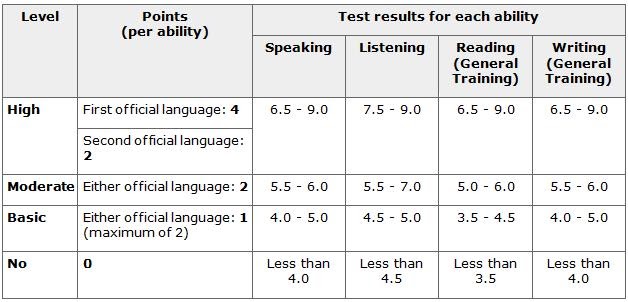 How to do it?
How to do it?
Easier nowhere. The tool, which is located at https://bukva.info/rapid/ , was created just for this. You just enter your name, read the text and answer the questions. The program monitors the speed of your reading and its meaningfulness. After answering the questions, you will receive a certificate with your result. The certificate can be shared with friends in social networks :).
📓 What is the "Read Fast" project?
Read Fast is a project dedicated to the problem of fast and conscious reading. We believe that you can read 3-4 times faster. However, the quality of memory reading material will only increase. Let's try together :).
Online English test Wall Street English
Take the test and determine your level of English
Beginner level test
Average time to complete the test - 7 minutes
Start testing
Pay attention! The results of the online test are approximate and do not reflect the completeness of your knowledge.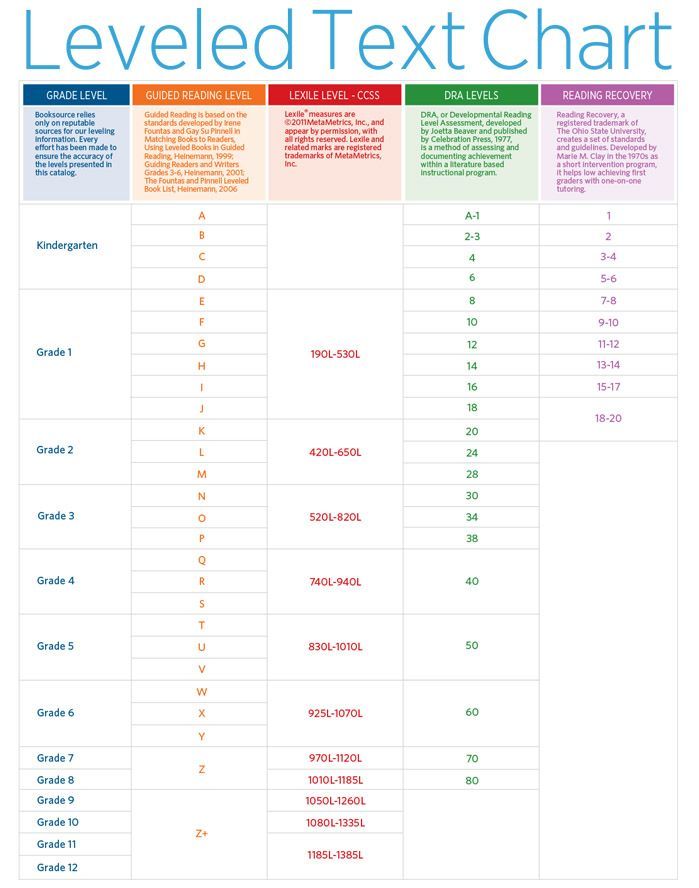 To receive detailed course recommendations and a personalized lesson plan, it is important to take the academic Wall Street English test.
To receive detailed course recommendations and a personalized lesson plan, it is important to take the academic Wall Street English test.
Do you like horror movies?
Yes, I am
Yes, I like
Yes, I do
Yes, it is
next one1/15
How old are you?
I have XX years old
I have XX years
I am fine
I am XX years old
next one2/15
I usually have English classes ____.
on Mondays
at Mondays
on Mondays
by Mondays
next one3/15
There ___ troublemakers at the football match, for a change.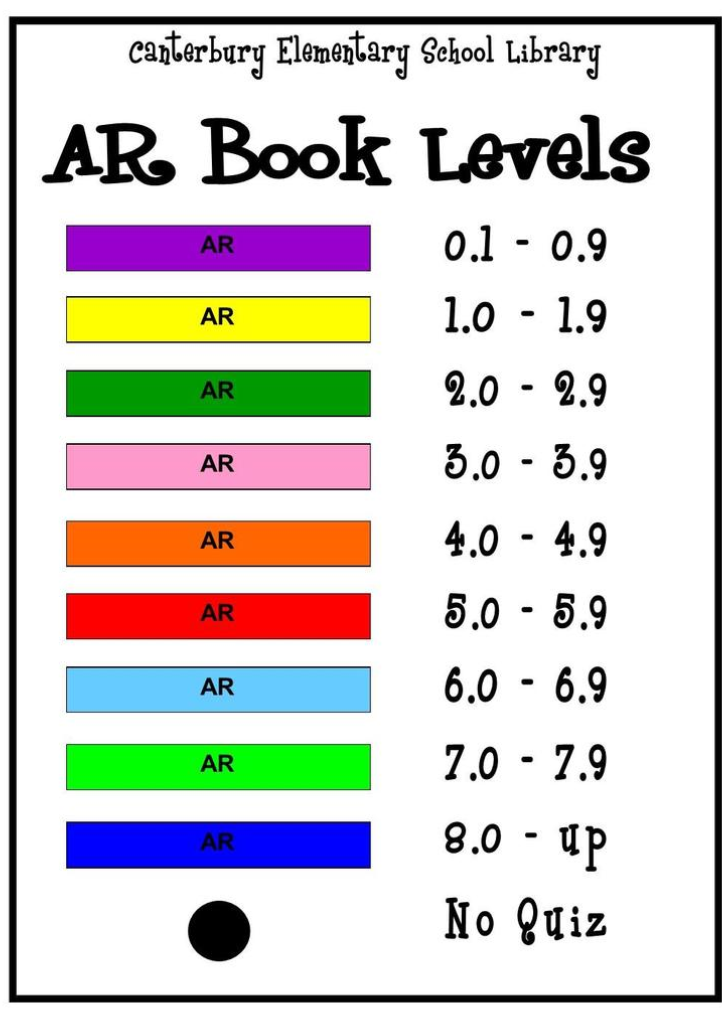
were any
were not
were no
weren't no
next one4/15
She won't be able to catch the train. There is ____ time!
too little
too much little
isn't enough
much few next one
5/15
Have you finished your presentation ____?
maybe
still
now
yet
next one6/15
If I didn't have to study, I _____ the summer camp.
will move to
have moved to
would join
would have moved to
next one7/15
He is _______ to New York tomorrow.
going flying
flying
going to fly next one
8/15
The washing machine can't be out of order! He _____.
is just fixed it.
have just fixed it.
just fix it.
has just fixed it
next one9/15
That's the ____ of my worries. I'm sure she'll never do it.
fewer
less
last
least
next one10/15
This is the ____ decision I've ever made in my life.
harder
hardest next one
11/15
I told her _____ the doctor as soon as possible.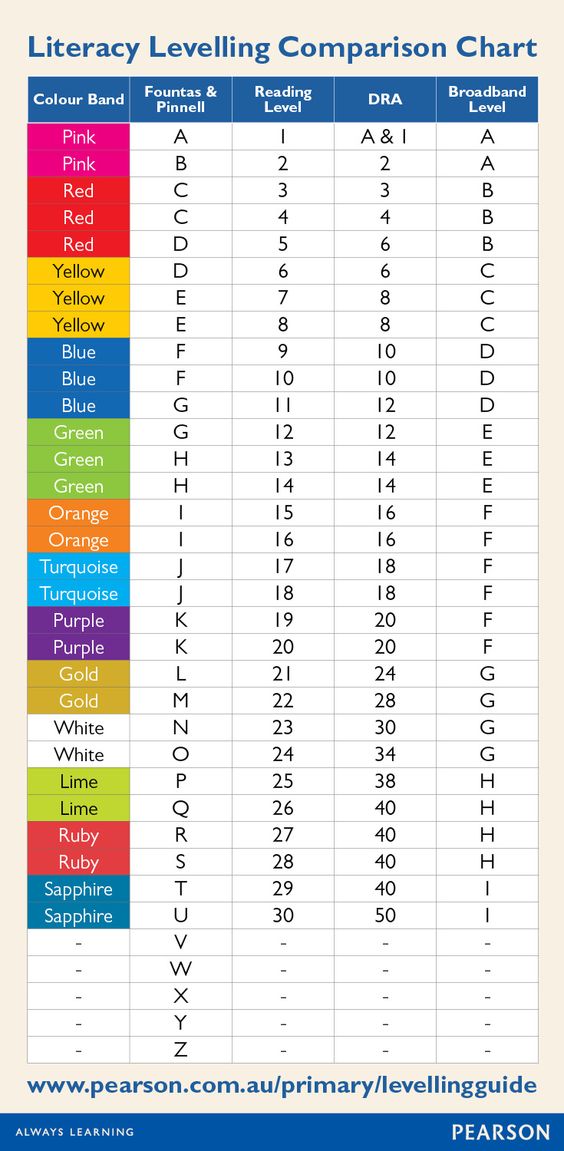
what she called
to call
she call
that she call
next one12/15
Let’s go to the beach right now, _____
don’t we?
let us?
shall we?
will we?
next one13/15
He ___ go to the dentist's yesterday.
must
had to
ought to
must to
next one14/15
You _____________ exhausted, everybody told you the route was too tough.
should have been
must have been
was to be
must be
show result15/15
Please note! The results of the online test are approximate and do not reflect the completeness of your knowledge. To receive detailed course recommendations and a personalized lesson plan, it is important to take the academic Wall Street English test.
To receive detailed course recommendations and a personalized lesson plan, it is important to take the academic Wall Street English test.
Would you like to take Academic Test
at Wall Street English School?
Leave a request
5 features
ENGLISH TEST
Wall Street English
Totally free
Internationally Standardized Authoring
Wall Street English is based on the Pearson English Language Assessment System, trusted by universities, colleges and governments around the world. The test results are correlated with the international systems of levels CEFR and Global Scale Of English.
Comprehensive test
Academic testing is not only a test of your knowledge of English grammar. We will also assess your vocabulary, listening comprehension (listening), reading and writing skills.
Individual program
Based on the results of the English level test, a Wall Street English consultant can create an individual program for you.

